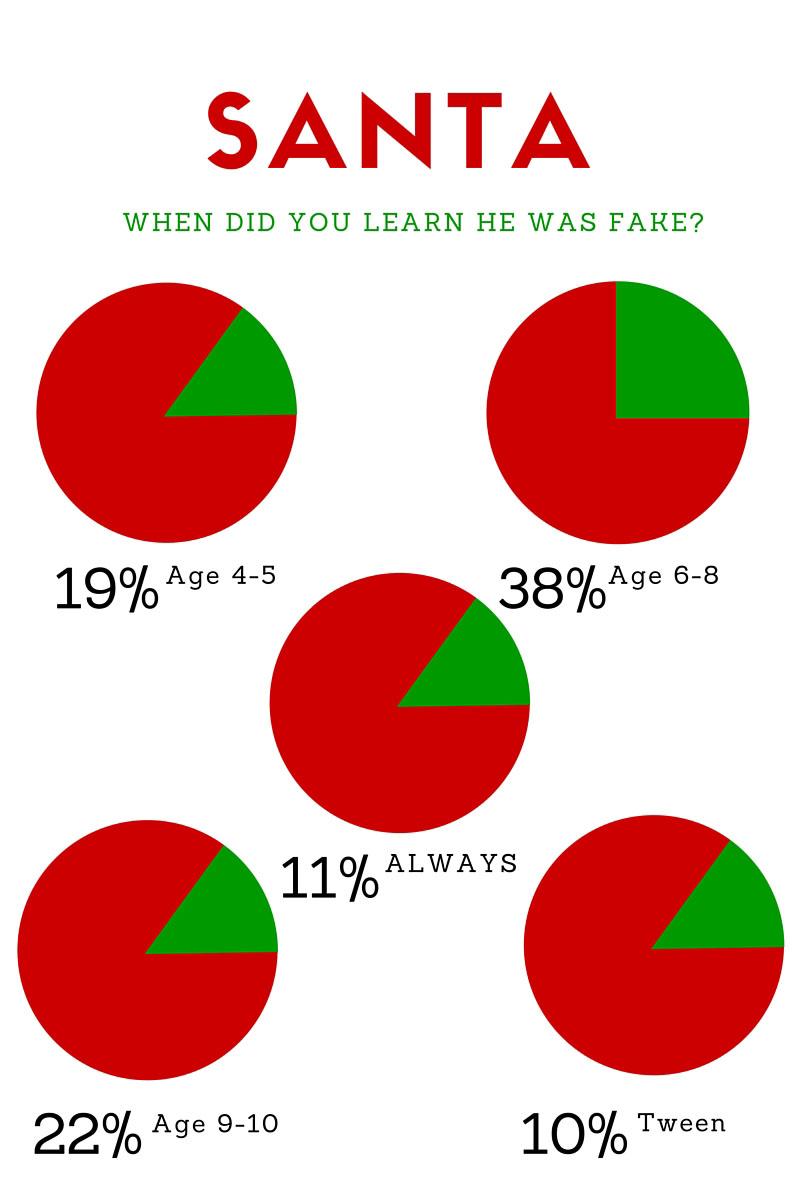The Santa revelation
December 11, 2015
Photo Credit: Photo by Hayleigh Pitts

Every child eventually experiences that crushing day when he or she realizes that Santa Claus, that totally implausible overweight gift-giver, is not real. For those of us who thrive on cynicism, it is almost difficult to remember a time when we could be so joyfully naïve — it took us a few years to realize that everything is horrible.
Santa may not be a flesh and blood person, but he is the representation of an important concept that lives on and on as long as we tell the story.
Children are quite adept at figuring out the essence of a story. I suspect that the reality of a character is more important to parents than it is to kids. For as long as we believe that our siblings or children believe in Santa, we can act the charade and fantasize that it means something big.
For me, it means childhood. Children still have this idea of some kind of magic that we wish we had. Most of the time, kids delay asking because they kind of know inside, and they do not want to pop the bubbles of this unrealistically fat man who somehow fits through roofs, even if you do not have one. I think if we have a bad relationship with children, they will be more insistent about finding out about the reality of Santa at an earlier age.
I believe that between the ages of 9 and 12, they will start asking or saying. In the twenty-first century, it is hard for a child to believe in a fictional character if their peers know the truth. Besides, technology has a widespread age range that is being advertised to a younger audience, and if they really want to know the answer then they can always ask Google.
I was taught to believe in Santa Claus but I was too smart to know of the foe. When I was younger an African American man came dressed in the white and red costume and appeared at our school. It was an amazing experience, but later on that day, my mother took me and my siblings and to the mall. Soon after entering the main entrance, all fantasies of Santa Claus were ruined. The man I saw was Caucasian and I knew that nobody could simply lose and or gain color. Even though I knew Santa Claus was a true figure physically, he soon became a spirit. He was another character in our stories and we all shared in telling the story, and none of us really wanted to do any critique of the story. For me, this is not about lying or maintaining belief. It is about the normal progression of mental development and understanding the difference between fiction and non-fiction. Both have an important place. They are also much closer to each other than a lot of people think, and many times it can be hard for adults to distinguish them.

